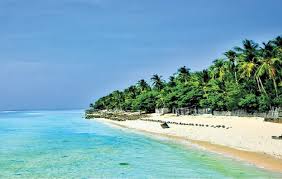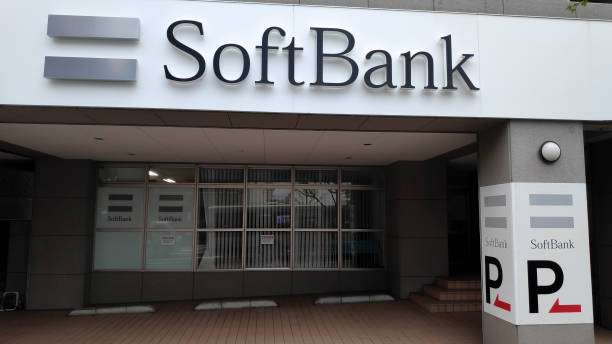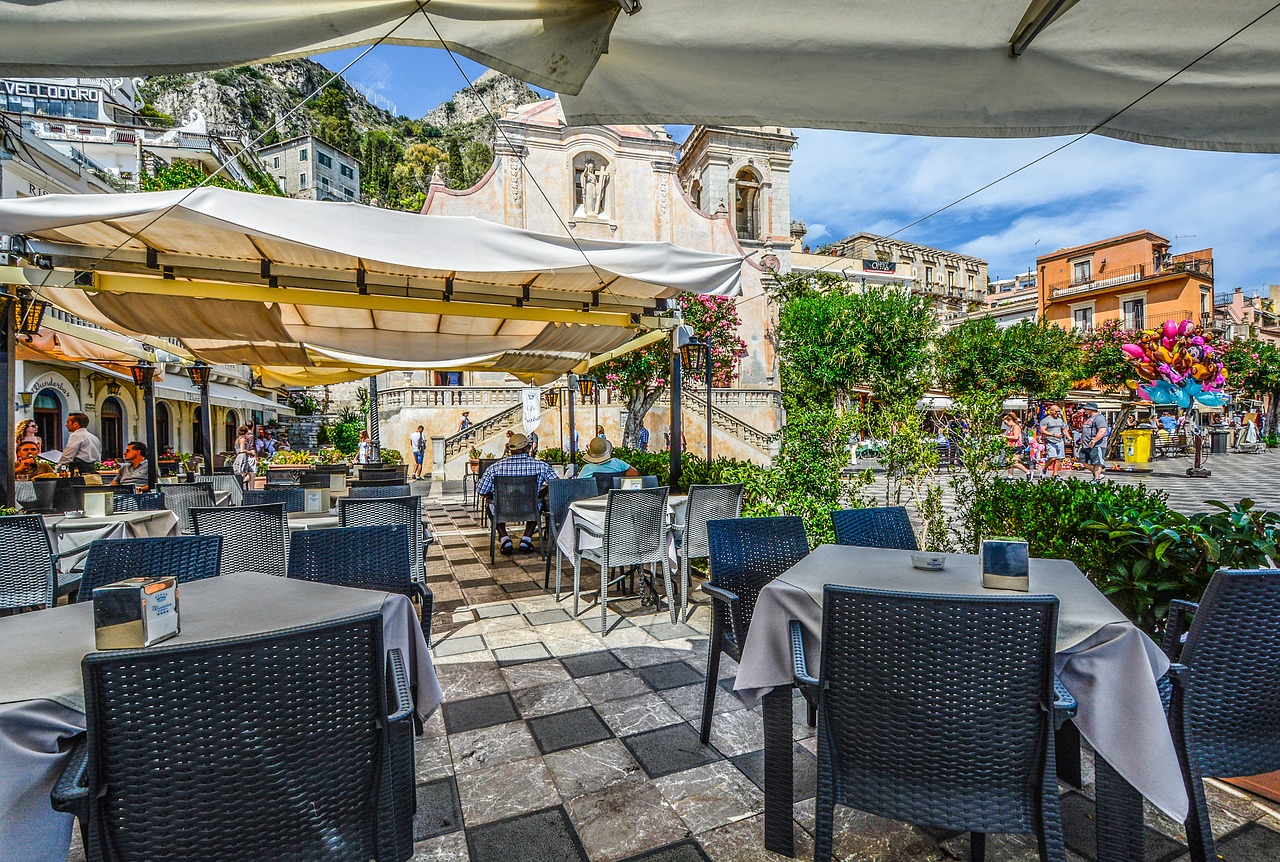The Lakshadweep administration’s proposal to acquire Bitra Island for defense and strategic purposes has triggered growing protests among local residents. Although the government says the move is for national security, the people living on the island believe it could harm their only sources of income and lead to forced displacement.
Why Is Bitra Island Being Acquired?
According to officials, the decision to acquire Bitra Island is based on its strategic location and defense importance. Furthermore, they claim that managing civilian life on the island is becoming more difficult, and that transferring land to defense agencies will help improve security and administration.
The official notification was issued on July 11, 2025, by the Department of Revenue in Lakshadweep.
About the Island
Bitra Island is one of the smallest in Lakshadweep. It covers about 91,700 square meters and is home to around 350 people. The island is known for its large lagoon, which stretches over 45 square kilometers. This lagoon is a vital fishing area, not just for Bitra’s residents, but also for people from nearby islands.
How Will It Affect the Locals?
The fishing community on Bitra Island is especially worried. Most families depend on fishing and coconut farming for their survival. Residents say that any land takeover will directly affect their income and way of life.
“We will fight it in court if we are asked to leave,” said one resident.
“We’ve lived here for generations. We fish, farm, and raise our families here. There’s also a school and a health center on this island.”
Ongoing Construction Raises More Concerns
In addition to the acquisition notice, locals claim that defense-related construction has already begun. For instance, a local schoolteacher said radars and cottages have been built without asking the community.
“We’ve already given up 8,800 square meters of land for defense use. Why do they need more? There’s still unused government land available,” said another resident.
Is It Legal? What About Compensation?
The acquisition falls under the Right to Fair Compensation and Transparency in Land Acquisition Act, 2013. Therefore, the administration conducted a Social Impact Assessment (SIA) to study the effects of the project on local families.
However, many residents feel that their voices are being ignored. They argue that, despite the SIA, the plan fails to protect their basic rights and daily needs.
Environmental and Cultural Impact
Lakshadweep is made up of 36 small islands, all rich in coral reefs, marine life, and cultural heritage. However, recent government moves toward infrastructure and defense development have raised alarms among environmentalists and local communities.
For example, on July 4, 2025, the Ministry of Environment extended environmental clearances for infrastructure projects in island regions like Lakshadweep and the Andaman and Nicobar Islands. This allows faster development, but many fear it may damage ecosystems and displace indigenous communities.
Lakshadweep at a Turning Point
The administration says this project is about protecting India’s borders, but islanders are deeply concerned. They are ready to take legal steps to protect their home.
In the end, striking a balance between national security and local livelihoods is the real challenge. If handled without care, this project could harm not just an island, but an entire community’s way of life.
✅ Conclusion
While the government’s goal is to enhance national security, residents of Bitra Island fear the loss of their land, income, and culture. Their connection to the land, lagoon, and sea is not just economic—it’s personal and generational. As tension grows, dialogue and fair decisions will be key in shaping Lakshadweep’s future.






















